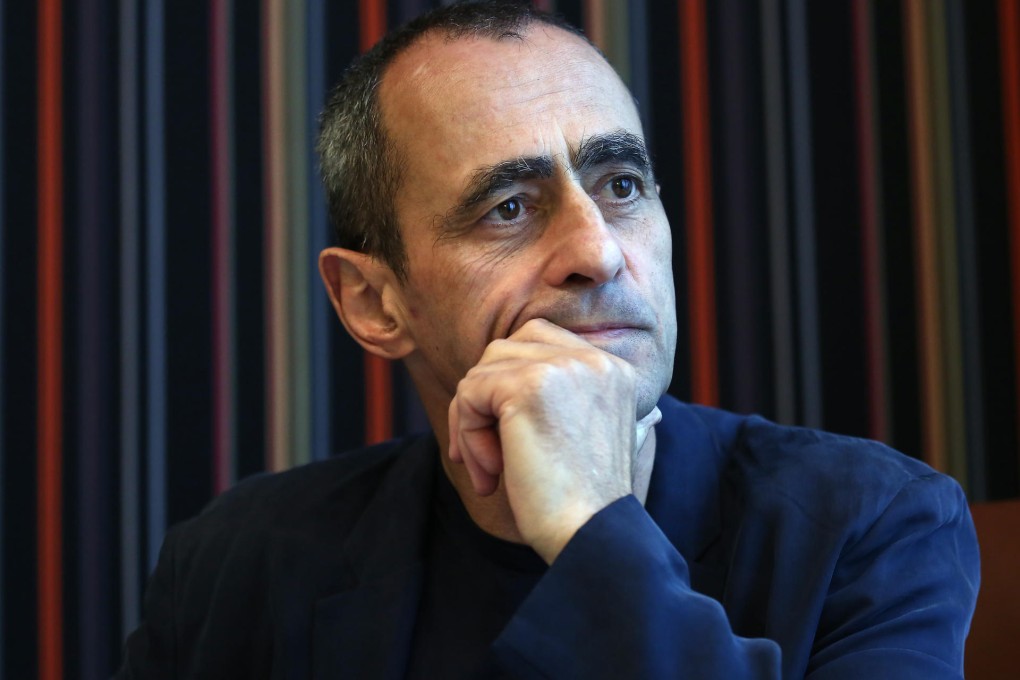Q&A: Keith Griffiths, Aedas
Ranked as the world's fifth-largest architecture firm, Aedas recently cut ties with its British partner to focus on designing high-density urban developments for China's major cities

Aedas, the world's fifth-largest architecture firm ranked by British-based Building Design magazine, recently cut the bond with its British partner in a move that allows the company to focus on its high-density urban designs for China and the world's major cities.
Aedas, which was formed in 2002, announced that decision in July. After the divorce, Aedas employs 1,400 staff at 12 offices in eight countries. Aedas has completed more than 100 projects totalling more than 100 million sq ft of space around the world.
Keith Griffiths, the chairman of Aedas, believes massive high-density mixed-used developments, or the densification design concept, is an appropriate solution for rapid growth in cities, especially those in China, which are experiencing rapid urbanisation.
The demerger is quite straight forward. We created a merger in 2002 in order to expand the business into Europe as well as Asia. With the European market being very slow, the two businesses actually polarised into two different areas of the market. Our UK business has become very internally focused into the UK market, very much about provincial towns of the UK. Because of the rise of China in the last 10 years, what we have been doing are high-rise and mixed use developments, very different from that of the UK office. If you are designing a high rise building, you do not need to talk to somebody who is designing a two-storey building. Design companies are always focusing on design communications between designers. But there is no communications anymore.